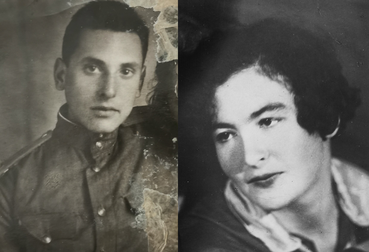 Until I was asked, a few weeks ago, to lay a wreath of white poppies at this year’s ceremony of remembrance in our local village, I hadn’t been aware of the symbolism of the white poppy. Unlike the red poppy, it commemorates all victims of war, civilian as well as military, in conflicts past and present, anywhere in the world. White poppies also symbolise a commitment to peace and challenge efforts to glamorise or celebrate war. Victims of war of course include not just those killed during conflict. They include all those who are wounded, bereaved or lose their homes and livelihoods, or live with the daily fear of stray bullets or explosions. They include refugees forced to flee their homes, those who undertake terrible journeys to try to reach a safe haven, who may find themselves held in camps in terrible conditions, locked up in detention centres abroad, or are made to feel unwelcome in the communities where they seek to make a new life. Today’s victims of war include girls in Afghanistan who have been forced to give up their education, all those suffering in war zones in Syria, Yemen, Ethiopia, and many others. My children laid our homemade wreath of white poppies to honour the memories of two members of our own family in particular. The first is my grandmother’s cousin Moishe (pictured left). He was 16 in the summer of 1941 when the Nazis invaded the Soviet Union where he lived. With his mother and younger sister, he fled his home town of Kiev just ahead of the advancing German army, heading east and finding refuge in the city of Kokand in Uzbekistan. On arrival, they found the city already overcrowded with evacuees and they lived in dreadful conditions, amid starvation levels of hunger and epidemics of typhus and other diseases. In 1943 Moishe was called up to a Soviet military academy in Turkmenistan. Then in 1944, he was transferred to the front – to Poland. He died on 16 October 1944, ahead of the Soviet Red Army’s final offensive to liberate Warsaw. He was 18 years old. But fleeing to Uzbekistan enabled Moishe’s mother and sister to escape almost certain death. Six million Jews like them were murdered by the Nazis during World War II. In much of Soviet Ukraine, the Nazis didn’t force Jews into ghettos and transport them to concentration camps, to the gas chambers, as they did in other parts of Europe. Instead, they rounded up the Jews and forced them to pits on the outskirts of towns and villages. In these pits, hundreds of thousands were shot by the Nazis and their Ukrainian collaborators, in what is now referred to as the Holocaust by Bullets. But this wasn’t the only means of mass murder that the Nazis used in Ukraine. Our white poppy wreath also honours the memory of another of my grandmother’s cousins, Baya (pictured right). Baya and my Grandma grew up together. They were both orphans and were brought up by their grandparents in a village about 60 miles from Kiev. When my Grandma and most of her family managed to escape to the West in the 1920s – to Canada – Baya was the only member of the household who chose to stay behind. She was engaged to be married and was studying at university in Kiev. In 1941, when the Nazis invaded, Baya and her husband didn’t flee to the east. They stayed in Kiev, where they were among a group of Jews forced aboard a boat on the Dnieper, the river that cuts through the centre of the city. The boat was set alight. There were no survivors.
2 Comments
Gail Wilson
16/11/2021 07:32:44 am
It was a very moving tribute to your family.
Reply
Lisa Cooper
16/11/2021 10:00:05 am
Thank you Gail. What is the title/author of the book you refer to?
Reply
Leave a Reply. |
Keeping stories aliveThis blog aims to discuss historical events relating to the Jewish communities of Ukraine, and of Eastern Europe more widely. As a storyteller, I hope to keep alive stories of the past and remember those who told or experienced them. Like so many others, I am deeply troubled by the war in Ukraine and for the foreseeable future, most articles published here will focus on the war, with an emphasis on parallels with other tumultuous periods in Ukraine's tragic history. Archives
March 2024
Categories
All
|
 RSS Feed
RSS Feed
